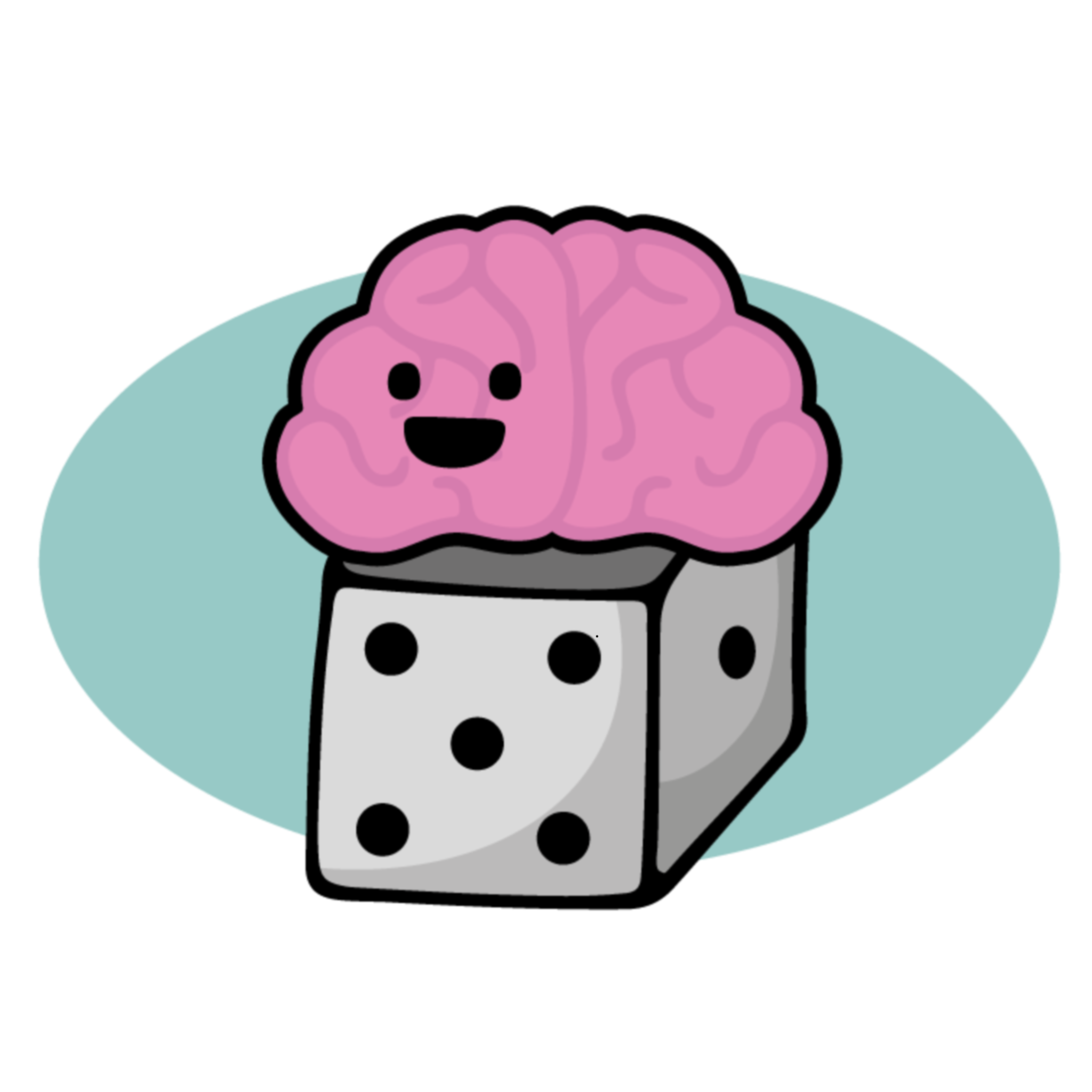Autism, Part 4: What about treatment?
 We heard in this week's episode that the characteristics of autistic children can vary widely - which can make it difficult for researchers determine which treatments work best. One intervention that has received a lot of attention is Applied Behaviour Analysis (ABA), which has been shown to be effective in improving communication skills, school performance, and the ability to adapt to new situations. ABA is actually a number of techniques that include breaking tasks into individual components and teaching one step at a time. However, some clinicians believe that the range of difficulties experienced by autistic kids make it important to take a broader approach that goes beyond behaviour - one of these more "holistic" models of assessment and intervention was developed by The Ziggurat Group, a multidisciplinary centre based in Texas.
The Ziggurat Model takes a five-tier approach to address the range of strengths and weaknesses seen in autistic kids:
We heard in this week's episode that the characteristics of autistic children can vary widely - which can make it difficult for researchers determine which treatments work best. One intervention that has received a lot of attention is Applied Behaviour Analysis (ABA), which has been shown to be effective in improving communication skills, school performance, and the ability to adapt to new situations. ABA is actually a number of techniques that include breaking tasks into individual components and teaching one step at a time. However, some clinicians believe that the range of difficulties experienced by autistic kids make it important to take a broader approach that goes beyond behaviour - one of these more "holistic" models of assessment and intervention was developed by The Ziggurat Group, a multidisciplinary centre based in Texas.
The Ziggurat Model takes a five-tier approach to address the range of strengths and weaknesses seen in autistic kids:
 Sensory differences and biological needs refer to a range of potential difficulties that autistic kids may display. Although they aren't seen as symptoms of the disorder, sensitivities to sound or tactile stimulation may contribute to anxiety or social difficulties. Biological differences are often considered in studies on pharmaceutical treatments; although I haven't read a lot of research on this issue, the Ziggurat Group and some parents have reported that children with autism sometimes experience gastrointestinal issues that may need to be addressed.
Sensory differences and biological needs refer to a range of potential difficulties that autistic kids may display. Although they aren't seen as symptoms of the disorder, sensitivities to sound or tactile stimulation may contribute to anxiety or social difficulties. Biological differences are often considered in studies on pharmaceutical treatments; although I haven't read a lot of research on this issue, the Ziggurat Group and some parents have reported that children with autism sometimes experience gastrointestinal issues that may need to be addressed.
Reinforcement is considered essential to treatment; kids learn the consequences of the things they do, with an emphasis on rewarding appropriate behaviour.
Structure is often extremely important for children with autism spectrum disorder, who tend to be inflexible and may have trouble coping with change in routines. Consistency is important, and kids with autism typically require advance notice before moving from one activity to another; because deviation from routines can be anxiety-provoking, preparation for such changes is usually part of the treatment plan. Visual and tactile supports are typically meant to compensate for the language deficits experienced by children with the diagnosis. Many kids benefit from the use of a "visual schedule" that uses pictures to describe the child's routines for the day.
An analysis of task demands is similar to the ABA strategy of breaking activities into tiny steps. I think the Ziggurat Group is correct that any aspect of a task might exceed the abilities of a child who might have highly variable abilities. By examining the demands of tasks that the child will be asked to complete, supports can be implemented to compensate for weaker skills (for example, a visual schedule could replace a written one for non-readers). The tasks themselves could also be adjusted to be more consistent with the child's skill set.
The first four tiers of the model are meant to reduce anxiety and discomfort, to tailor the environment to the needs of the child, and to motivate him or her to engage in positive behaviours. Teaching new skills is the final step and is essential to developing independence. Kids with autism often require explicit teaching of skills that are learned by others through observation and reinforcement. This essential aspect of treatment was placed at the top of the pyramid in the hope that attending to the other tiers would maximize the child's potential for learning.
The Ziggurat Model, while based in research and clinical practice with kids who have autism spectrum disorders, is relatively new, so there's not a lot of research yet on the long-term outcomes of their approach. However, other agencies in Canada and the U.S. are beginning to adopt at least some elements of the five-tier system.
You can read more about The Ziggurat Group here.
Vote for The Family Anatomy Podcast at Podcast Alley and for the blog at Blogger’s Choice!
Note: Posts on Family Anatomy are for education only. If you need to talk to someone about family or mental health issues, you can get a referral from your family doctor.
